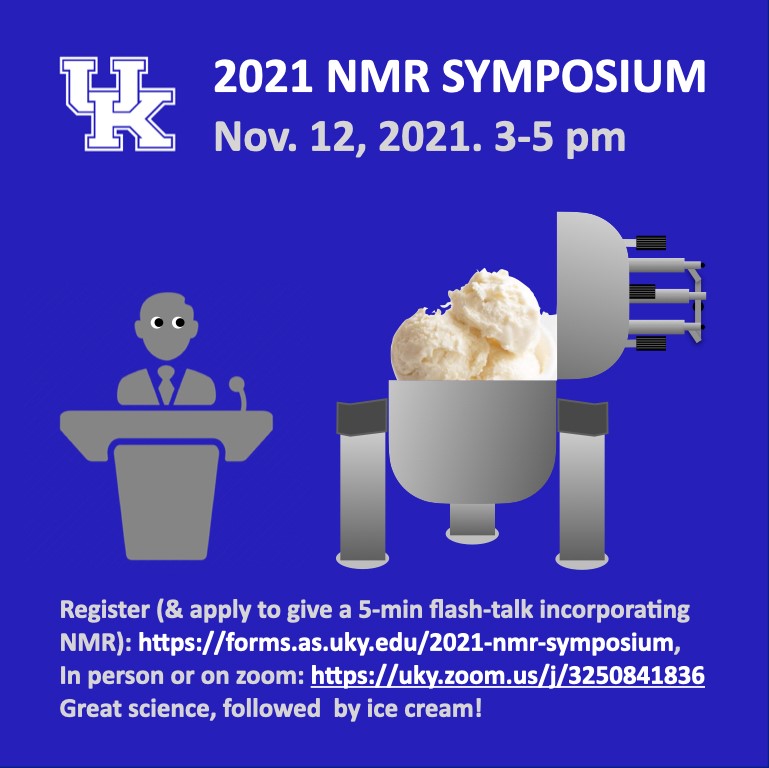Exit Seminar "Oxidative Damage to Brain Cells Underlies: (I) Resistance to Radiation and Increased Tumor Cell Growth in Glioblastoma; (II) ApoE Allele Status Affects Pentose Phosphate Pathway Proteins in Alzheimer Disease Mouse Models"
Abstract: Oxidative Phosphorylation occurs within the inner mitochondrial membrane producing ATP for the cell’s energy needs. The Electron Transport Chain carries out the transfer of electrons from electron carriers through a series of proteins to form a proton gradient across the membrane. This gradient acts as the energy source needed to put a phosphate onto ADP. With the large amounts of free electrons and oxygen within the mitochondria, an inevitable by-product of free radicals in the form of superoxide are produced. Superoxide (O-?2) is an extremely reactive radical that can go on to perform further reactions leading to the formation of more radicals. When these radicals and reactive oxygen species are kept in balance they act as signaling molecules for the cell. A network of antioxidant proteins helps the cell to keep this balance. However, when there is an overload of radicals and ROS within the cell leading to oxidative damage and becoming detrimental to the cell’s ability to survive. The brain is made up of different types of cells, neurons, and glia, that are rich in polyunsaturated fatty acids and have an abundance of O2. The combination of these things is what allows the brain to work with such high function, but it is also this combination that can lead to unfavorable reactions. The abundance of O2 allows for higher changes of free radicals and reactive oxygen species which can interact with the polyunsaturated fatty acids in a process called lipid peroxidation. Lipid peroxidation results in the formation of 4-hydroxynonenal (HNE) which has deleterious effects within the cell. HNE adducts to proteins on a cysteine, lysine, or histidine. When these amino acids are located towards the inside of the protein it causes a conformational change of the protein and therefore a loss in function. The adduction of HNE to proteins has been observed in different brain related diseases such as Glioblastoma and Alzheimer Disease. Glioblastoma is one of the most difficult forms of cancer to treat due to location of the tumor and its resistance to radiation. Oxidative damage within the tumor cells does not seem to cause the same deadly effects as it would to the surrounding cells. When tumor cells have a large amount of oxidative damage there is a need to rid the cell of the affected proteins. This is in the form of extracellular vesicles (EVs). The findings of this dissertation elucidate the mechanism by which these EVs aid in the progression of the tumor cells. EVs bleb from the surface of the cell carrying the HNE adducted proteins into the extracellular space and encounter the surrounding glial cells and neurons. When the EVs are taken up by the glial cells, such as astrocytes, this induces the production of ROS in the form of hydrogen peroxide. This ROS is key in inducing proliferation of the tumor cells and furthering radiation resistance. Alzheimer Disease has also been shown to have HNE adducted proteins and oxidative damage. One such pathway is affected in Alzheimer disease, the Pentose Phosphate Pathway, depending on the apolipoprotein E (ApoE) allele status of the cell. There are three variations of this gene, E2, E3, or E4, with the most common being E3. Those who have ApoE4 have a higher risk of developing Alzheimer Disease. ApoE4 allele is also seen in conjunction with higher oxidative damage and HNE production within the cell. The findings in this dissertation show the correlation between the ApoE allele status and the oxidative damage.







